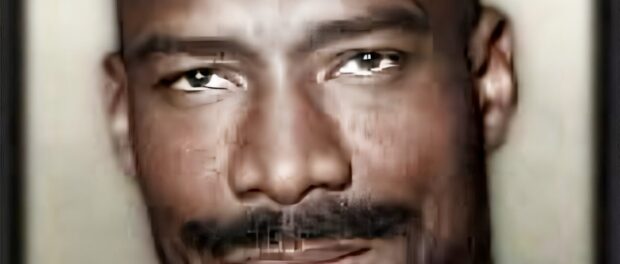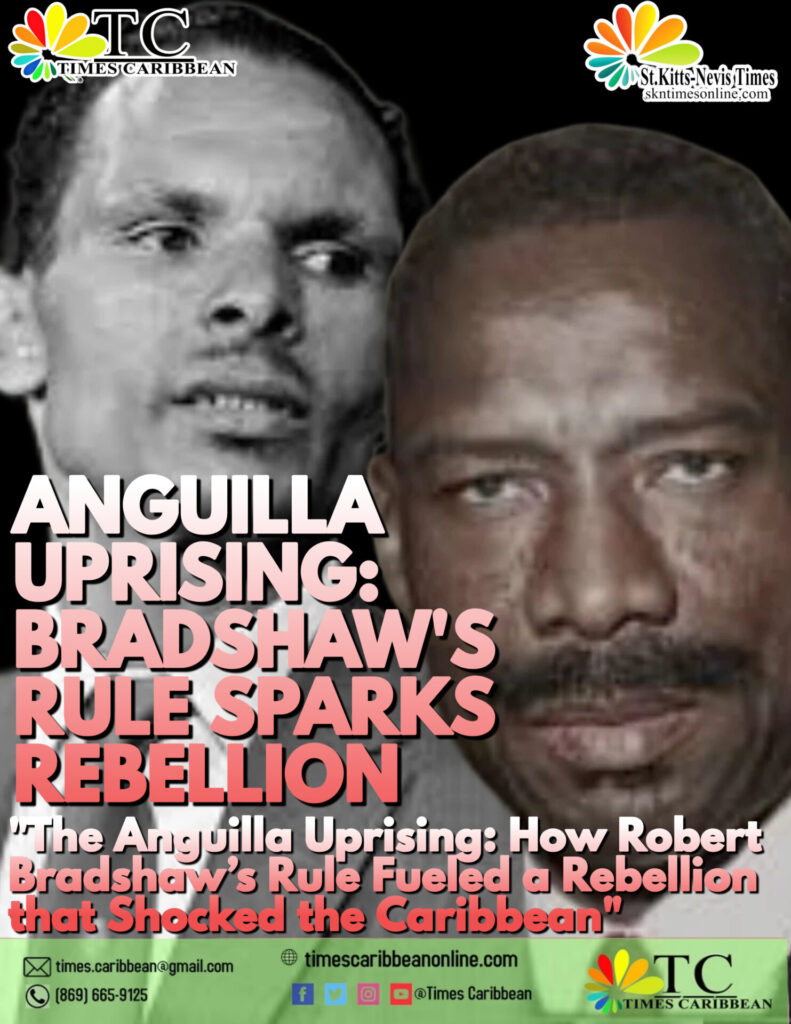The Anguilla Uprising: How Robert Bradshaw’s Rule Fueled a Rebellion that Shocked the Caribbean
 1726139827379
1726139827379
The Anguilla Revolution of 1967 was not just a rebellion—it was a dramatic revolt against the iron-fisted rule of St. Kitts’ Premier, Robert L. Bradshaw, a man who Anguillans utterly despised. The roots of this intense animosity stretch back to the early 19th century when the British colonial rulers lumped Anguilla under the administrative authority of St. Kitts, despite the island’s cries for direct British rule.
When Britain finally granted independence to its West Indian colonies in the 1960s, Anguilla was again forced into an unwanted union with St. Kitts and Nevis. This newly formed Associated State was dominated by Robert Bradshaw, a former sugar factory worker-turned-national hero, whose disdain for Anguillans was no secret. Bradshaw’s notorious declaration, “I will not rest until I have reduced that place to a desert,” was a chilling proclamation that underscored his feelings toward Anguilla.
Anguillans, who had long felt marginalized and mistreated under St. Kitts’ rule, had had enough. Their cries for British intervention fell on deaf ears. A few months after St. Kitts, Nevis, and Anguilla officially became a state in association with the United Kingdom on February 27, 1967, Anguilla acted. In a bold move of defiance, they chased the 17 St. Kitts police officers off their island, effectively seceding and raising the British Union Jack as their new flag.
Bradshaw’s response to this uprising was swift and severe. He threatened an invasion of Anguilla, painting the rebellious islanders as being under the control of American Mafia influences. Tensions escalated when Anguillans, led by their provisional government under Ronald Webster, launched a daring raid on St. Kitts with the aim of kidnapping Bradshaw and forcing Britain to recognize their secession.
The diplomatic attempts to resolve the crisis were laughable at best. William Whitlock, the British envoy sent to mediate, was met by a crowd of Anguillans waving pro-British posters and singing “God Save the Queen.” But Whitlock dismissed them, refusing to meet with Webster and throwing British proposals to the crowd as if “a farmer might throw corn to fowl.” Intimidated by Anguillan defense forces, who brandished their limited firearms, Whitlock fled, only to falsely report that the island was controlled by gangsters and radicals.
In a surreal twist, on March 19, 1969, Britain finally sent 200 paratroopers and 40 police officers to invade Anguilla. Expecting a fierce confrontation with criminals and armed radicals, the British forces were instead greeted by goats—deployed by locals as a makeshift defense force. The invasion quickly turned into an international farce, leading Britain to quietly accept Anguilla’s independence from St. Kitts.
Today, Anguilla remains a British Overseas Territory, its struggle for freedom forever linked to the heavy-handed rule of Robert Bradshaw. His reign, marked by fierce animosity toward Anguilla, ignited a rebellion that stands as one of the most extraordinary chapters in Caribbean history.

Leave a comment
You must be logged in to post a comment.